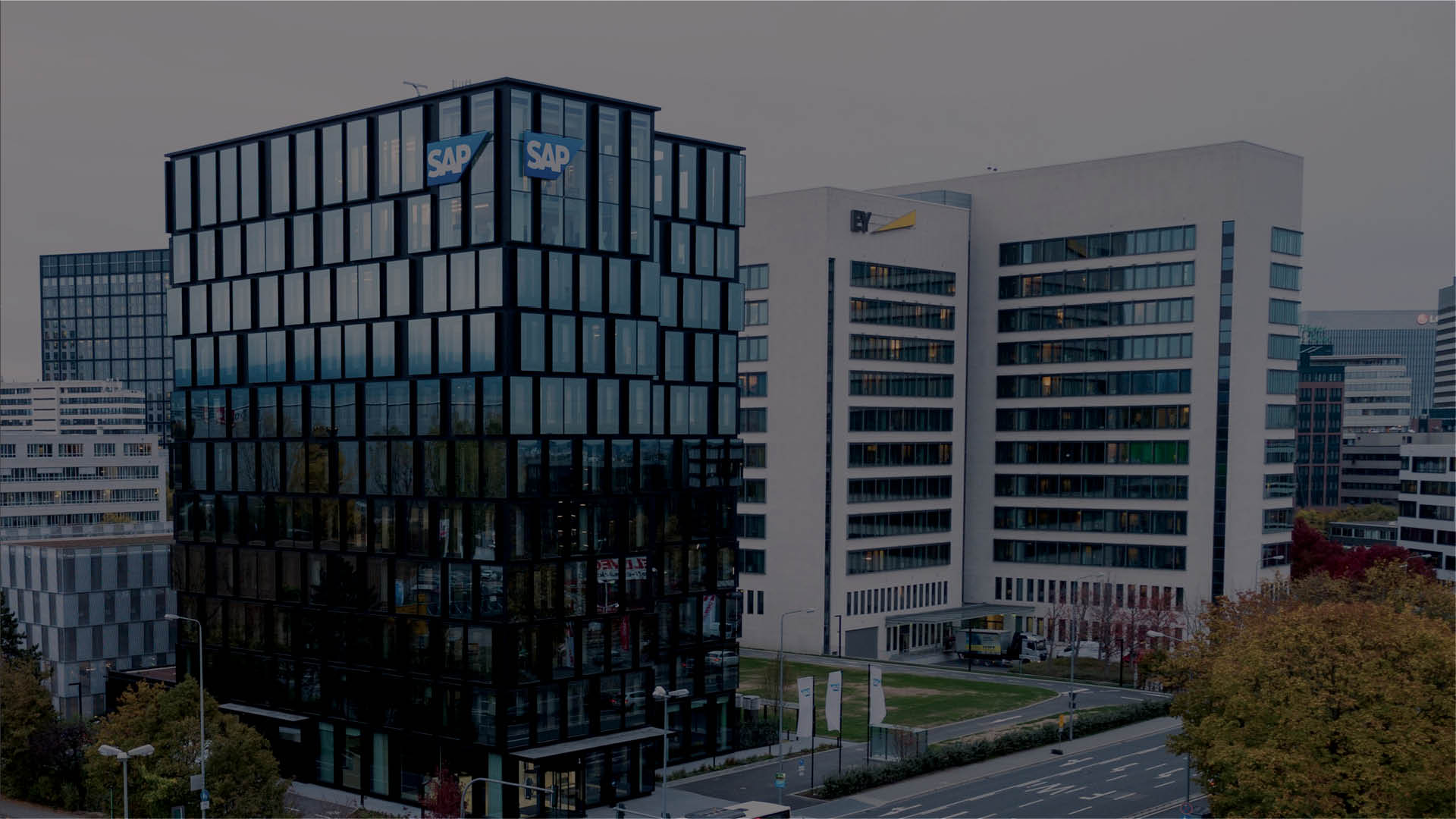
The integration of SAP Transportation Management System (TMS) with Sedna Systems’ team collaboration and email management solution will allow shippers using both products to gain a whole new level of control over transportation management-related data.
Logistics operations have evolved significantly in recent years and the industry is now seeing more companies embracing digitalisation to ensure efficiency in their businesses. The newly announced partnership between SAP and Sedna Systems solidifies the software giant’s position as a leading provider of the latest technologies for the logistics industry.
In October 2020, SAP has released an enhanced SAP Logistics Business Network that enables companies to jointly manage logistics transactions and obtain valuable insights across the complete value chain. The addition of new capabilities within the cloud-based global logistics network aims to increase value chain visibility, traceability, collaboration, and reach.
Stefan Sauer, Global Solution Lead for Ports, Terminals, and Shipping Lines at SAP, said in an interview that the company developed a proof of concept to test and evaluate the idea of merging SAP TMS with Sedna’s capabilities.
The integration will allow data that is normally locked away in an isolated email or within a TMS to be more accessible based on Sedna’s smart tagging system that provides cross-company transparency.
Sedna Systems Founder and CEO Bill Dobie mentioned that the company has had several integrations with SAP across its customer base, allowing clients using SAP solutions to organise email and prioritise emerging relevant information. Additionally, Sedna’s integration with SAP TMS is designed to unify all logistics-related conversations and documentation in one place.
“Like bulk logistics, these transactions and customer communications are managed through emails and siloed inboxes. The ‘cc effect’ and unstructured chat creates endless threads, repetitive and redundant conversations, and context catch-up that needlessly bloats email volume,” Dobie further explained.
Incorporating SAP Transportation Management System into Sedna’s Solution
SAP’s TMS is designed for both shippers and logistics service providers. It manages all areas of transportation processes within a company such as transportation planning and optimisation, freight tendering, and change management.
On the other hand, Sedna connects to SAP systems to create tags and import customers’ transactional information. The solution, which also integrates with SAP S/4HANA Cloud, allows messages that come into the email platform to be automatically tagged to the appropriate transactions so clients can maintain a full audit trail of their projects.
Lakshmi Baskaran, Vice President of Engineering at Sedna Systems, said:
“A customer order that is created in SAP Transportation Management is automatically integrated with Sedna.”
She explained that users can refer to the SAP customer order and the relevant data from their platform with a single click, real-time information about the order. Using the same connections, inbound documents received via email can be linked to other directions including SAP’s TMS.










